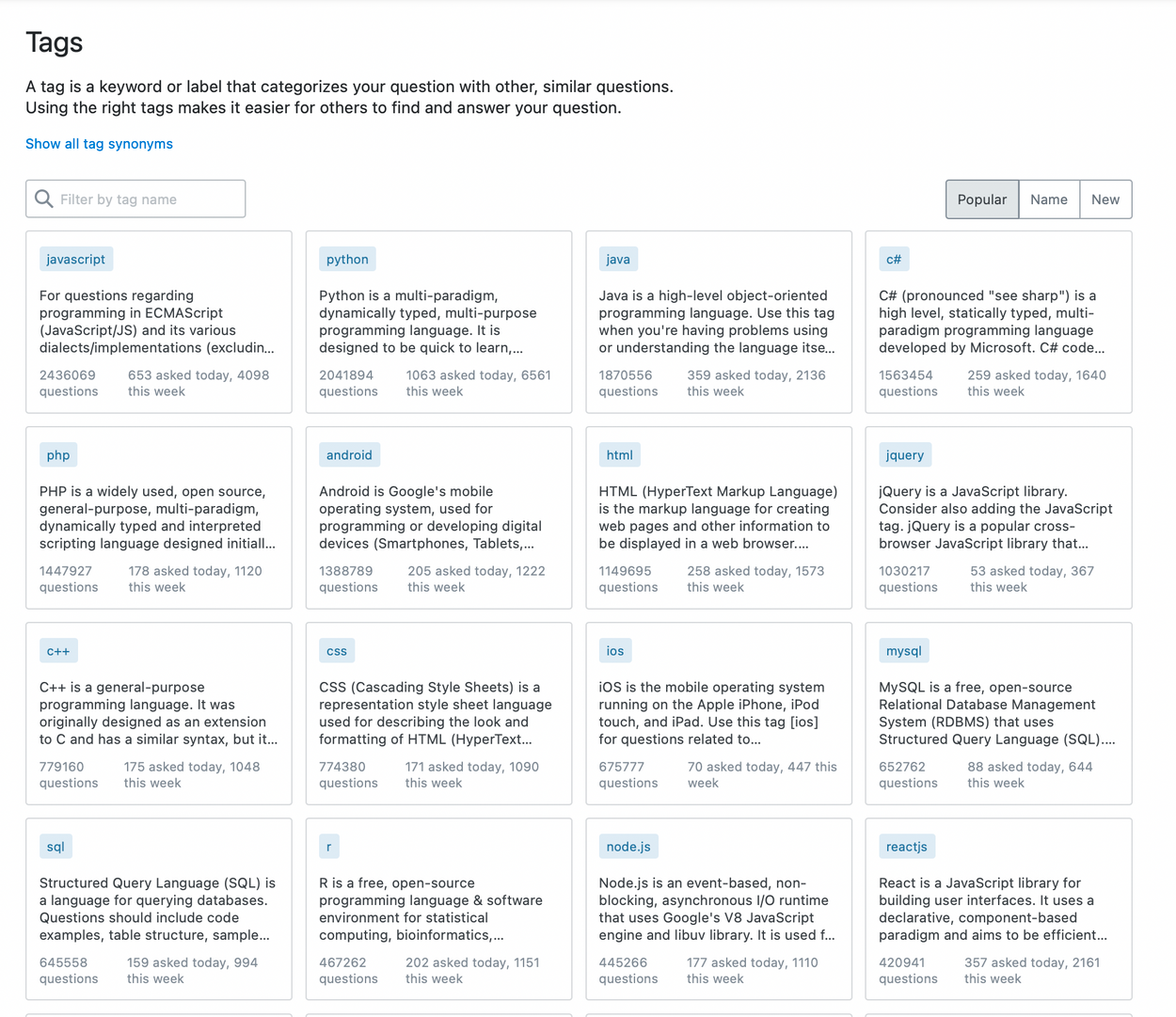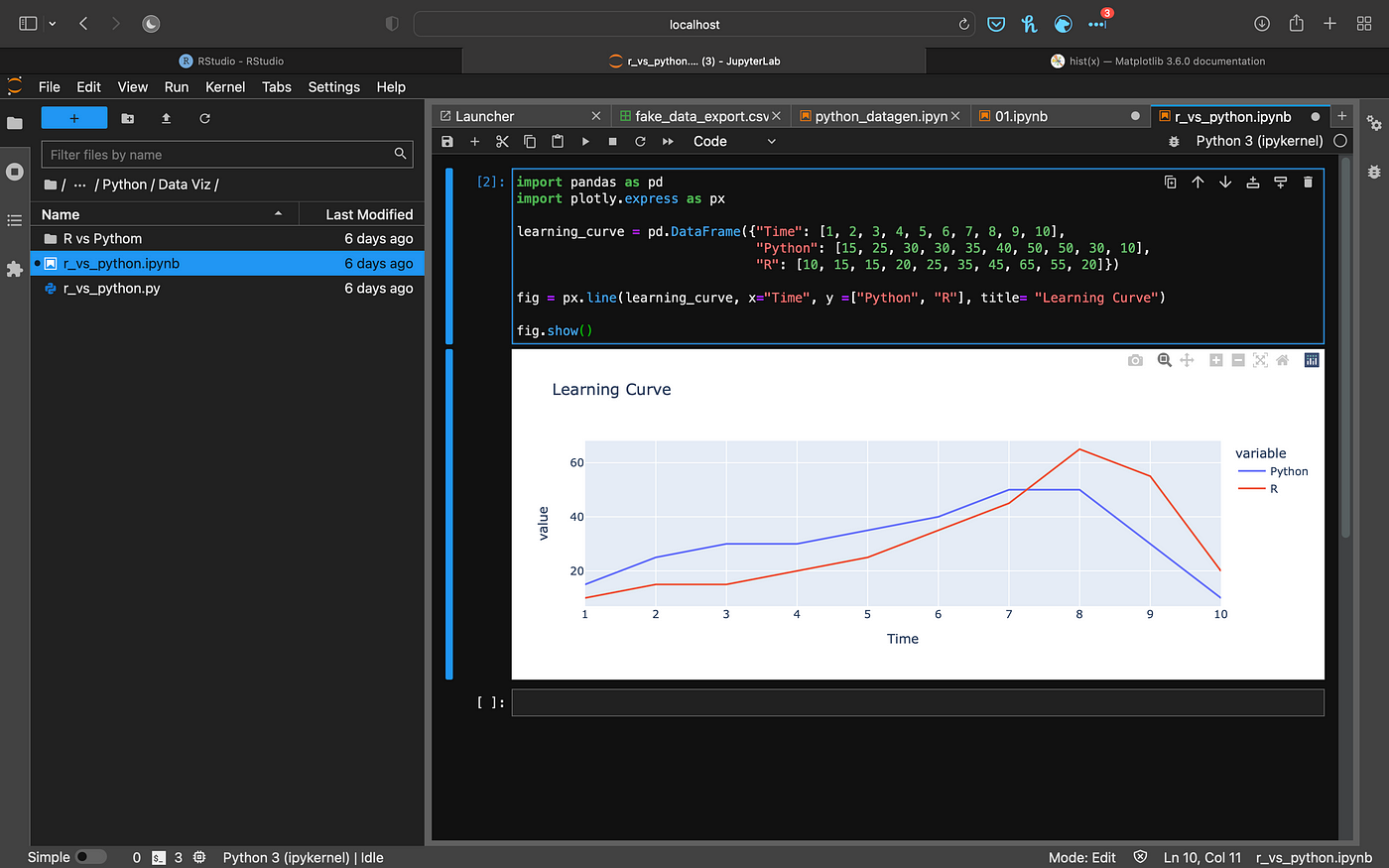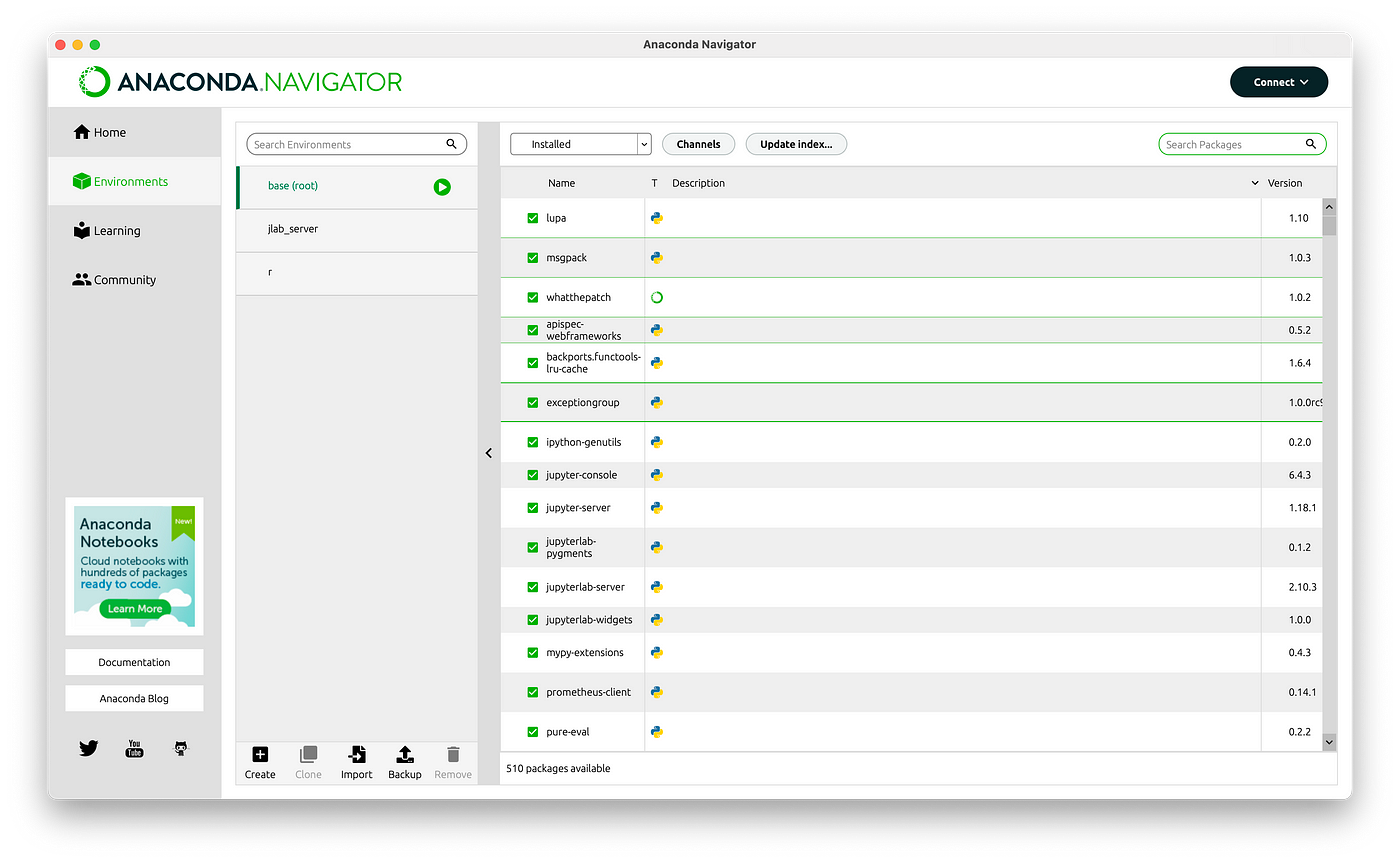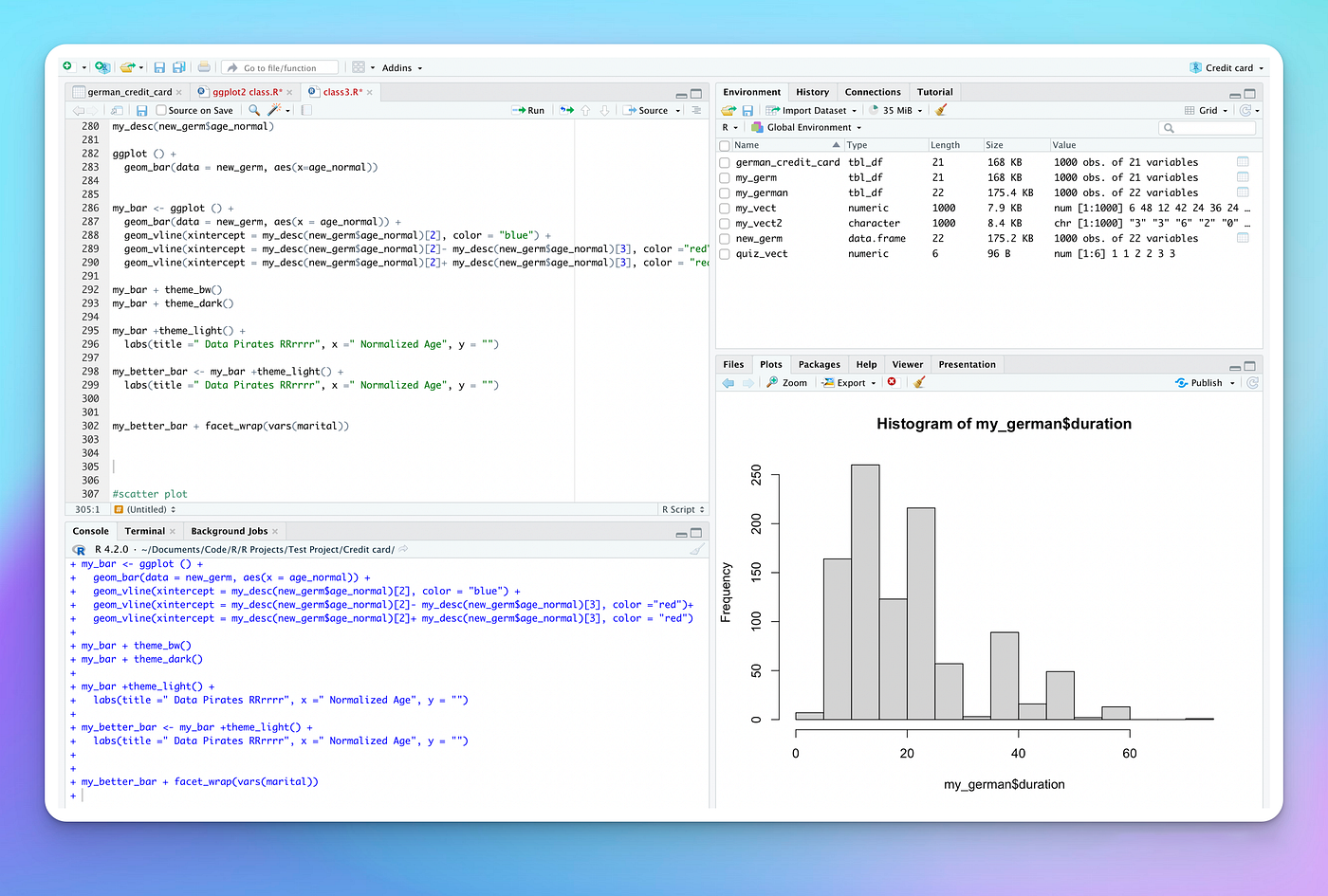Data science is one of the fastest-growing fields in the tech industry. It’s always important to consider the best language to use, and this has never been more important, with the current developments in the field. Python and R are two popular programming languages used in data science. In this article, we will compare the features, speed, and applications of Python vs R for data science. This comparison will help you decide which language is better for your data science application.
Programming languages for Data science:
Data science is a broad field encompassing various methods and tools used to create, collect, store, and analyze large data. There are many different ways to analyze data, but the most efficient way would be through programming. A data scientist needs to learn at least one language to stay competitive.
Python is a high-level programming language that is free, open-source, and mostly used for general-purpose programming, scientific computing, and software development. R is a general-purpose programming language with a focus on statistical computing and graphics. Both languages have huge communities and access to a wide range of packages for data science.
Python
Python is a high-level, interpreted programming language that is designed to let you work faster and integrate all development workflows. Python can perform a wide variety of programming tasks, including web development, application development, scripting, and Data Science. It has great readability and clear syntax.
It is the most popular data science language in the world is Python. This is because it is easy to learn and has many libraries for data wrangling, Web Scraping, Statistics, visualization, Machine Learning, and deep learning. This Versatility and flexibility combined with easy syntax have made python the fastest-growing and the second-most popular programming language.
Packages
Data processing and Statistics
Machine Learning and Deep Learning
Data Visualization
Web scraping
R Programming Language:
R is an open-source scientific programming language, designed for machine learning, graphics, statistics, and data science. It has excellent data manipulation and visualization capabilities, Most commonly used for statistical analysis and scientific computing.
It is a free and open-source programming language, originally designed in the 1970s by Ross Ihaka and Robert Gentlemen. R provides a large, consistent, and integrated collection of tools for data analysis. It is the most popular language among the scientific and research communities because of its statistical capabilities.
Packages
Analysis and Exploration
Reports and Dashboards
Model and Predict
Python vs R
Users, Community & Support
Moving Into 2023, Python seems to be a far more popular language compared to R. Python has a huge community, with more and more developers joining the fold every day.
Python is the second most followed repository in Github and also the second most followed tag on stack overflow.

As you can see from the images, R is not even in the top 15 trending on GitHub.

We can see a similar list of languages on stack overflow. This is because R is not popular amongst developers. The Majority of R users are students, researchers, or scientists.
The Specialized user base of R has led to the development of one of the best communities for data science. R also has a robust ecosystem of Tools, Packages, and other infrastructure built around it designed specifically for data science. R hosts its source code and packages in the “cran”.
What I have come to understand is that the majority of R users are not developers. They are Students, Researchers, Scientists, and Analysts. This makes
Syntax and Learning Curve
Python is widely considered the easiest programming language to learn. It is a High-level language with a very straightforward syntax similar to spoken English. R on the other hand has a unique syntax. Non-programmers who have never coded before might find it to be very straightforward since it is similar to math formulas and logic.
I’ll demonstrate the syntax of both languages with an if statement :
The same code in R looks like this :
As we can see both languages have a very basic syntax. Programmers or developers may find more advanced R packages to be harder to learn than python. This is because of its syntax, which is different from most other programming languages.
Speed and performance
Python is much faster than R when it comes to processing speeds. R is also a Low-level language. Python being a High-Level Language can run at much faster speeds with shorter, less complex code. So, when it comes to speed, python is the clear winner.
Application and Use Cases
There are many similarities between Python and R. Both are open-source languages that offer a wide range of features and capabilities. Both languages have a wide range of uses and are widely used for data analysis, math, statistics, and programming. However, there are also some differences between the two languages.
Going Into 2023, Python seems to be the more popular language overall. Python has a massive community, with more and more developers joining the fold every day. This has facilitated the creation of an abundance of libraries and frameworks that allow you to accomplish just about anything. Python is used for a wide variety of applications ranging from web development, Software and application development, Automation, Scripting, Data science, and much more. It is very flexible and can be applied in almost any use case. Python also has Jupyter Notebooks which are great tools to run data science code in python. The notebooks let us run code in separate blocks. This helps to easily test and arrange code. It also works great as a reporting tool. Jupyter notebooks can also run R and Julia code.

Anaconda is another great suite of tools and is the most popular data science distribution

It comes with the conda package manager and the Anaconda-Navigator GUI tool for managing your data science environments. Anaconda also supports R.
While Python is an all-purpose language used for all kinds of applications. R is better known for its statistical and Mathematical capabilities. It has fewer libraries available for it when it comes to general programming and other applications. This means that you may have to build your own libraries for several use cases. This is a good reason why R is not as popular as Python. However, R has a lot of Libraries and features that are built for scientific and statistical usage. It also has better visualization and reporting capabilities which can help design dashboards far superior to python in terms of visuals and functionality. R also has the R-studio IDE which is considered to be one of the best tools for statistical analysis.

R studio is a specialized IDE built for scientific usage. R also has specialized Libraries like Shiny and R markdown for Dash-boarding and reporting.
Making the right choice.
Python and R are without question the most used data science programming languages. R will remain to be more popular among researchers and scientists. While Python’s popularity will continue growing due to its ease of use, flexibility, and processing capabilities. The right data science language for you will depend on your job function.
If you want a language that can be applied almost anywhere, then go for python. If you’re looking for a more research-oriented role, R is the Obvious choice.
When it comes to Big Data and machine learning, Python is the go-to language because of its ability to handle and process huge amounts of data at faster speeds. I decided to focus on Python as this opens up more opportunities and career prospects and lets me create and build almost any kind of program. But as a data analyst, I decided to learn R on the side as well as it has great analytics applications and helps build better-looking visuals and reports.






